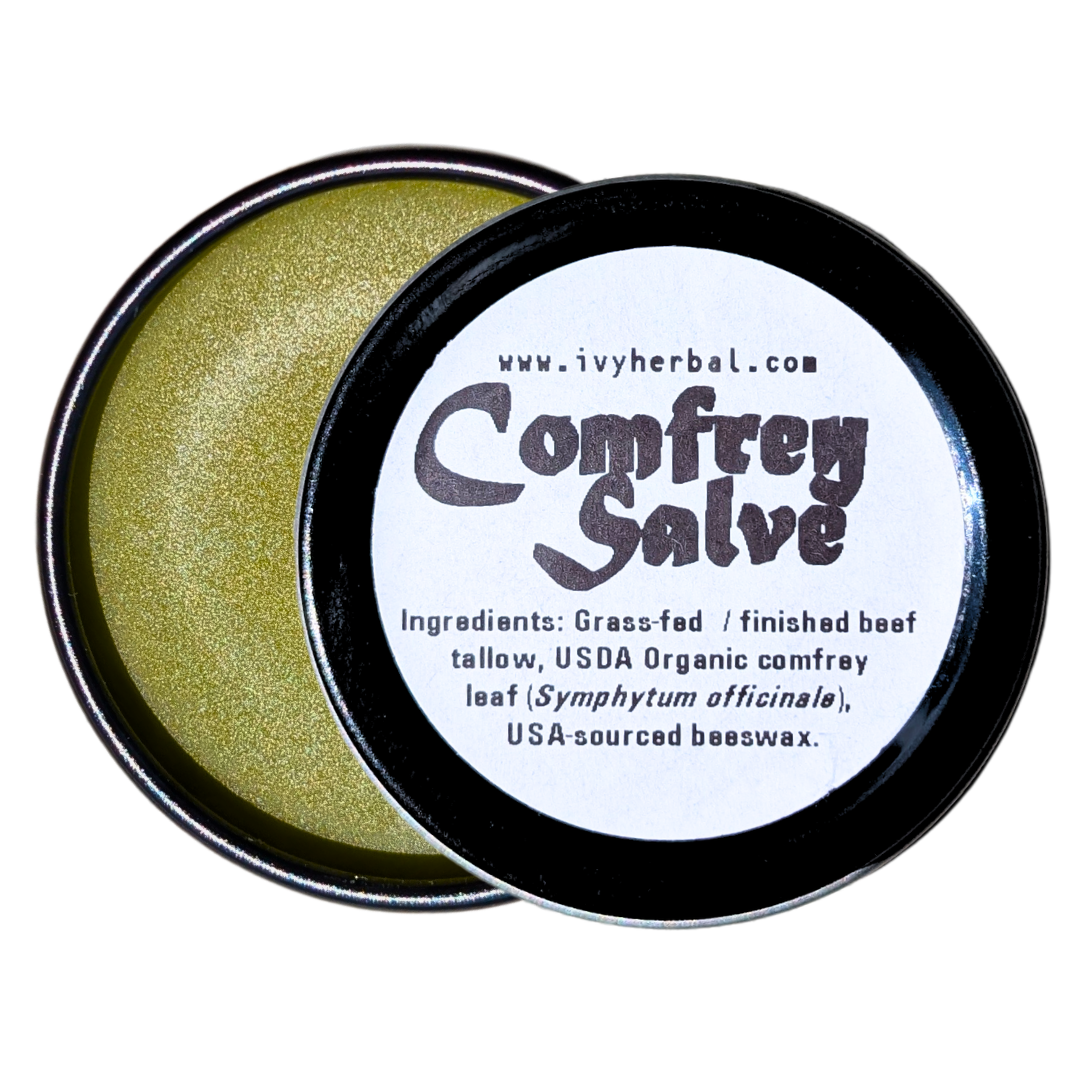Food Intolerance vs Food Allergies
I often hear from clients and see posts online with this common misunderstanding related to allergies and food intolerances. I have personally been confused about this in the past, which led me to pay for expensive allergy testing that ended up being useless. Here’s a quick guide to help determine which one you may be experiencing, so that you can more effectively communicate with your healthcare team about what is going on.
Why It’s Important to Tell Them Apart
Adverse reactions to food fall into two broad categories: allergies and intolerances. Although their day-to-day symptoms can look pretty similar, the root causes, speed of onset, and long-term implications are very different. Understanding those differences helps you interpret your own body’s signals and communicate clearly with your provider.
What Exactly Is a Food Allergy?
What the immune system targets: Almost always proteins (or protein fragments) in the food.
Peanut Ara h 2, milk casein, egg ovomucoid, shrimp tropomyosin, pollen glycoproteins etc.
Rare exception: The “alpha-gal” allergy to red-meat is triggered by a carbohydrate (the α-gal sugar), showing that proteins aren’t the only possible target, just the overwhelmingly common one. This issue is common in people who have Lyme Disease.
Immune mechanics: Classic, antibody-driven (IgE) response. The immune system treats a harmless food protein as a threat, triggering mast-cell histamine release.
Timing: Usually immediate—anywhere from a few minutes up to two hours after exposure.
Dose: Even trace amounts can be enough.
Severity range: Hives and itching at the mild end; swelling, breathing difficulty, or anaphylaxis at the severe end.
Typical confirmation: Skin-prick tests, serum-specific IgE tests, and medically supervised oral challenges.
So basically, if you are “allergic” to something, it’s almost always a protein. If the food item you’re reacting to is not a protein (or contains no protein) then it is most likely not a true allergy, but instead a food intolerance.
What Exactly Is a Food Intolerance?
Unlike allergies, there is no single biochemical rule. A reaction can stem from:
Carbohydrates you don’t digest well (lactose, FODMAPs).
Biogenic amines like histamine or tyramine that your body can’t break down fast enough.
Chemical additives such as sulfites or certain food colorants.
Natural proteins, fats, or other compounds when enzyme gaps, gut-microbe imbalances, or barrier irritation are present.
Immune mechanics: Generally not IgE-mediated. Often involves enzyme shortfalls (e.g., lactase) or non-antibody immune activity where T-cells and macrophages release histamine locally.
Timing: Frequently delayed—hours or even a day later—making patterns harder to see.
Dose: Usually requires a threshold amount or repeated exposure.
Common drivers:
Enzyme deficiencies (lactose, fructose, FODMAPs)
Naturally occurring food chemicals (histamine, tyramine)
Additives such as sulfites or certain colorants
Gut-barrier irritation or dysbiosis
Severity range: Typically limited to digestive upset, headaches, flushing, or fatigue; rarely life-threatening.
Mast Cell Activation Syndrome
Mast Cell Activation Syndrome (MCAS) sits somewhere between classic food allergy and straightforward intolerance. In MCAS, the mast cells themselves are “twitchy”: they can dump histamine, tryptase, and other inflammatory mediators after only minimal provocation, sometimes a small bite of a high-histamine food, a sudden temperature change, emotional stress, or even an ordinary viral infection.
Because this release often happens without IgE antibodies, standard allergy tests usually come back negative. That makes MCAS fundamentally different from a carbohydrate or additive intolerance, where symptoms stem from unprocessed compounds rather than immune-cell misfires. In short, MCAS reactions can look allergic but don’t follow the usual IgE pathway, and they’re more than a simple enzyme gap, MCAS is best viewed as an immune-regulation disorder whose flare-ups happen to be food-sensitive.
If this description resonates with your experience, I recommend finding an allergist–immunologist, preferably one who lists mast-cell disorders or “MCAS” among their clinical interests. These physicians are trained to order and interpret the timed serum tryptase and urine mediator tests that can confirm the diagnosis. Once you know what’s going on, I recommend working with a naturopath or herbalist, there are many herbs and supplements that can help manage this condition and re-regulate the immune system.
Symptom Overlap—And Where They Diverge
Both allergies and intolerances can produce rashes, nasal congestion, bloating, or headaches, which is why they’re often confused. Key clues that point more strongly toward an allergy are rapid swelling of lips or throat, sudden wheezing, or a sharp drop in blood pressure after a very small exposure.
Quick Reference Table
| Feature | Food Allergy | Food Intolerance / Sensitivity |
|---|---|---|
| Primary Mechanism | IgE antibodies + mast-cell histamine | Enzyme deficits or non-IgE immune triggers |
| Symptom Onset | Minutes → 2 h | 1 h → 48 h (often delayed) |
| Amount Needed | Trace quantities | Threshold dose; sometimes cumulative |
| Typical Examples | Peanuts, shellfish, tree nuts, eggs, sesame | Lactose, gluten (non-celiac), histamine-rich foods, sulfites |
| Potential Outcome | Can progress to anaphylaxis | May contribute to chronic discomfort or gut irritation |
| Confirmation Methods | Skin-prick, serum IgE, oral challenge | Elimination-and-reintroduction protocols, breath or enzyme tests |
Why Intolerances Are So Widespread
Modern diets rely heavily on a handful of staples—wheat, dairy, soy, corn—often eaten multiple times a day. Repetitive exposure, especially paired with pesticides, harmful additives and heavy processing can irritate the gut lining over time and make enzyme shortfalls more obvious, which helps explain the high global rates of lactose malabsorption, FODMAP intolerance, and non-celiac gluten sensitivity.
There are also links to the childhood vaccine schedule, formula feeding instead of breastfeeding and subclinical nutrient deficiencies, all of which are still being investigated. The vaccine link is a bit more controversial than those others, due in part to the pro-vaccine propaganda machine that runs and funds the CDC and FDA. Despite what they claim, it’s actually not possible to know for sure at this time whether the childhood schedule is causing increased allergies since none of those shots have ever had any placebo-controlled trials individually or as a group.
Anyway, regardless of the reason why children are becoming more allergic and reactive, there are options to help improve reactions. Several large cohort studies such as PARSIFAL and GABRIEL have found that children who drink unpasteurized raw cow’s milk show significantly lower rates of asthma and allergic disease than those who drink the usual pasteurized version. Researchers suspect that heat-sensitive whey proteins, native enzymes, and a richer microbial profile, all elements that are reduced or destroyed during pasteurization, may help train the immune system toward tolerance rather than hypersensitivity.
I speak on the benefits for allergies as well as the other health benefits associated to consumption of raw milk in my article from a couple years ago, recently updated to include the history of how raw milk was demonized and more peer-reviewed studies showing its safety and benefits. Remember that you are more likely to get sick from eating a salad than you are from raw milk!
Final Thoughts / Review
Allergy = Proteins in the food (+ rarely alpha-gal from lyme disease), reactions are immediate
Intolerance = more general / can be any food, but reactions are delayed
Mast Cell Activation Syndrome = immune system dysfunction, requires diagnosis
I hope that this guide has made it more clear which issue you may be experiencing. I find that being able to communicate clearly with healthcare providers using the language they understand best can be really helpful in streamlining the process of figuring out what’s going on. I know that this is an area of confusion for many people, and even I used to have some confusion in this area that led me to pay for $$$ allergy testing that ended up being a total waste.
Let me know if you found this one helpful in the comments below!!
Just a reminder that this article is provided for informational purposes and does not constitute medical advice. Please consult your healthcare provider before trying anything you read online. Featured Products
Looking for Medicinal Herbs? Use my link to shop Mountain Rose Herbs!
Using my link helps keep the site running.













Take a deep dive into the history of raw milk, why it was demonized in the past and learn the science of why its modern form is superior to pasteurized milk. In this article, I’m covering everything you need to know about raw milk and why many consider this beverage to be a superfood.